I'm trying to create a dummy load circuit, but it was limiting itself around 1.7 A, so I built this circuit. V1 is 0 - 5 V via a potentiometer, and V2 is a 5 V / 3 A power supply.
simulate this circuit – Schematic created using CircuitLab
When I increase the voltage Vgs, even up to 5 V, the current through the power supply (measured with a multimeter) limits itself to around 1.7 A. If I remove the 1 Ohm resistor, the current is not limited at all, and keeps rising.
I have looked at these two diagrams on the datasheet of the MOSFET, but can't seem to figure out why the current limits itself due to the resistor:
I wanted a 3A current through the power supply / MOSFET / resistor, so I looked at figure 3. For a 3 A current, Vgs needs to be ~3.4 V. At 3 A, there will be a 3 V drop across R1, so Vds will be 2 V. Then I looked at Fig 1, and at Vds = 2 V, it should be able to have an Id of 3 A, given that Vgs = 3.4 V.
So why can't I get 3 A out of this circuit?
